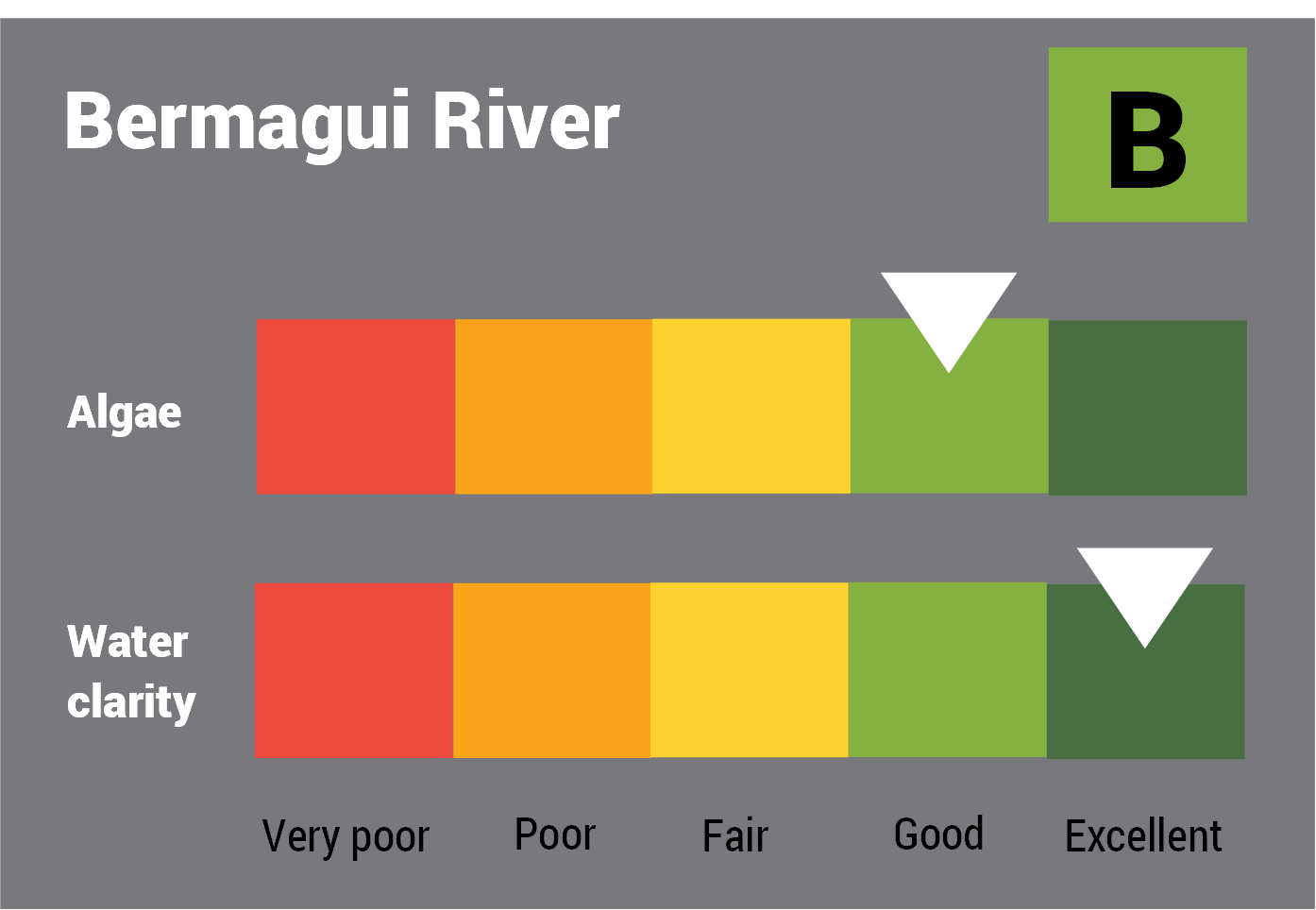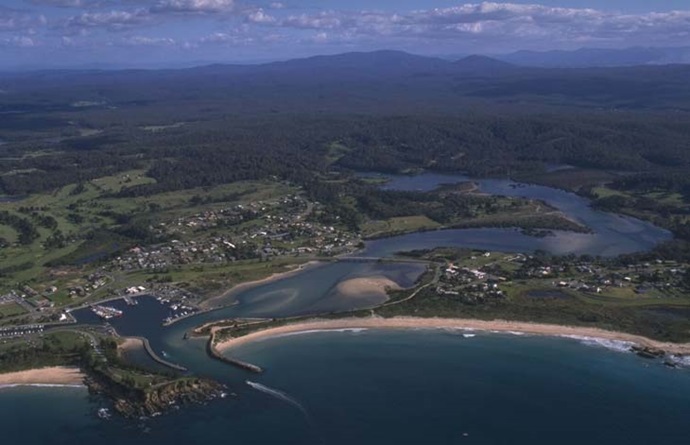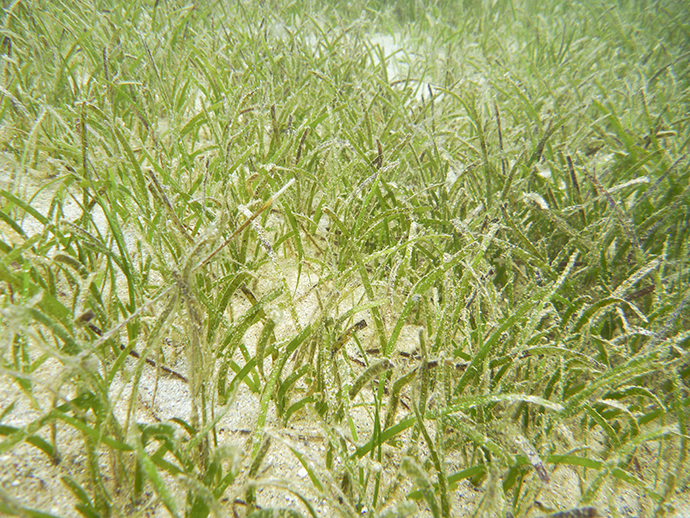Physical characteristics
Estuary type: Barrier river
Entrance
location |
Latitude (ºS) |
–36.42 |
| Longitude (ºE) |
150.07 |
| Catchment area (km2) |
83.5 |
| Estuary area (km2) |
2.2 |
| Estuary volume (ML) |
2160.2 |
| Average depth (m) |
1.1 |
Tidal exchange volume
Tidal exchange volume or tidal prism data is available for this estuary. This tidal prism was measured in 1990.
| Tide state |
Flow
(106 m3) |
Local tidal
range (m) |
Sydney Harbour
tidal range (m) |
| Ebb flow |
2.5 |
1.55 |
1.56 |
| Flood flow |
2.5 |
1.3 |
1.35 |
Notes: km2 = square kilometres; m = metres; m3 = cubic metres; ML = megalitres.
Water depth and survey data
Bathymetric and coastal topography data for this estuary are available in our data portal.
Land use
The catchment of Bermagui River is moderately disturbed with 35% of land cleared for grazing south-west of Cobargo. The urban area of Bermagui occupies 5% of the catchment. Two-thirds of the catchment is forest that encompasses most of Biamanga National Park.
Web cam
The
Bermagui River bar crossing web camera provides real-time video of conditions within the river entrance immediately offshore to help with bar crossings and boat safety.





